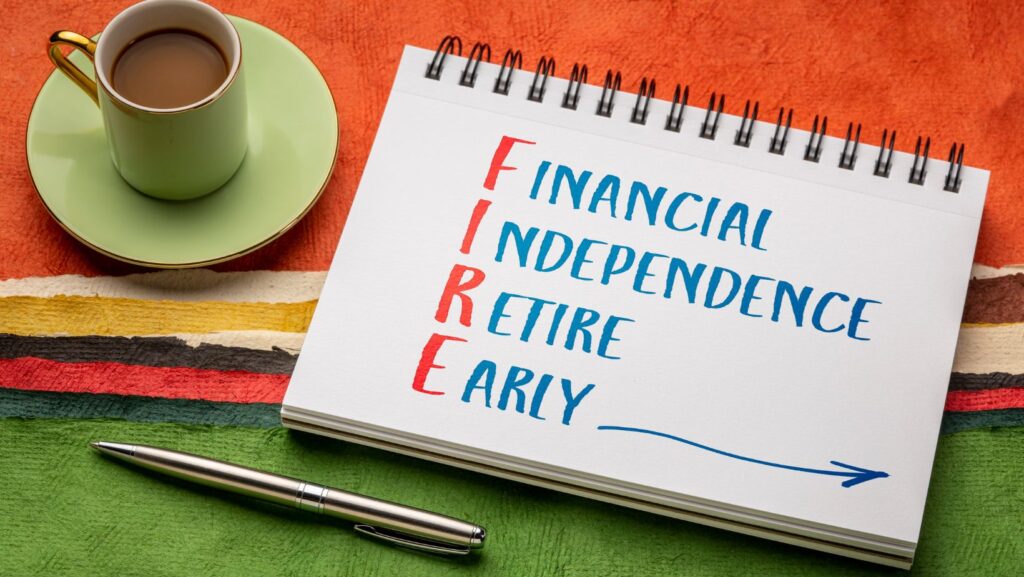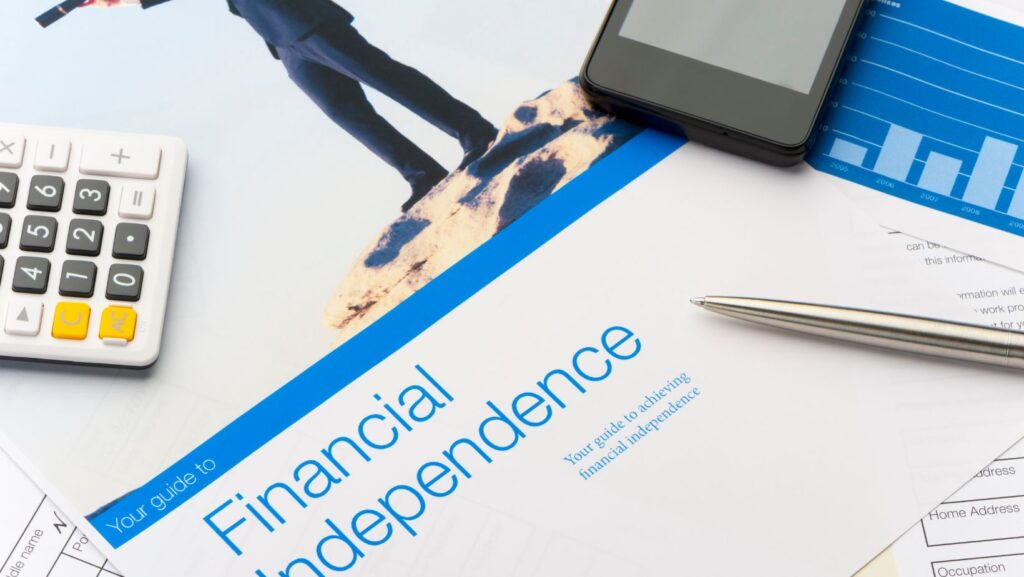
There’s a noticeable shift in how people think about money and work nowadays. Gone are the days when the standard path was to work until the traditional retirement age 65. Many people, especially younger generations, question this model and seek ways to enjoy more freedom and flexibility earlier in life. This new mindset is driven by a desire for financial stability and independence, allowing for a more fulfilling and balanced lifestyle.
One popular concept from this new financial mindset is FIRE, which stands for Financial Independence, Retire Early. This movement advocates saving and investing a significant portion of one’s income to achieve economic independence at a younger age, ultimately enabling one to retire much earlier than the traditional retirement age.
While the idea is gaining traction, it’s essential to understand FIRE, its origins, types, benefits and drawbacks, and possible alternatives. Read on to learn more.
What is FIRE?
The primary goal of FIRE is to accumulate enough wealth that you can live off your investments and savings without needing a traditional job. In other words, work becomes optional, and you can pursue your passions and interests without the constraint of financial obligations.
To achieve this, followers of the FIRE movement typically aim to save and invest 50-70% of their income. The idea is to build a sizable investment portfolio that generates enough passive income to cover living expenses. This requires a high level of financial discipline and often involves making significant lifestyle changes to reduce expenses and increase savings. This might include downsizing your home, cutting unnecessary costs, and being extremely frugal.
How Did the FIRE Start?
The FIRE movement originated from Vicki Robin and Joe Dominguez’s 1992 book “Your Money or Your Life.” The book emphasizes transforming one’s relationship with money and achieving financial independence through mindful spending and saving. The concept gained further popularity with the rise of the Internet and online communities dedicated to personal finance.

People aiming for FIRE often follow a strict financial plan, including aggressive saving and investing in low-cost index funds. They also invest time and money in broadening their financial literacy to reduce expenses and maximize their investment returns, allowing them to reach their FIRE goals more quickly. For example, they research cost-effective financing solutions and learn effective methods for a time-saving loan funding process.
Different Types of FIRE and Who They Suit Better
There are several variations of FIRE. They exist because not everyone has the same financial situation, risk tolerance, or lifestyle preferences. Some people may prefer a more frugal lifestyle, while others might want to maintain a higher standard of living. Additionally, different types of FIRE accommodate varying levels of work and leisure, allowing individuals to choose a path that best fits their personal and financial aspirations.
Here are different types of FIRE, each tailored to various lifestyles and financial goals.
- Lean FIRE: Involves maintaining a very frugal lifestyle to achieve financial independence with a smaller savings target. It is ideal for those willing to minimize their expenses significantly.
- Fat FIRE: Focuses on achieving financial independence with a more comfortable and higher spending level. Suitable for individuals who don’t want to sacrifice their current standard of living.
- Barista FIRE: Combines part-time work with passive income to achieve a balanced lifestyle. This is perfect for those who want some financial security without fully retiring.
- Coast FIRE: Involves saving aggressively early in life, then letting investments grow over time without additional contributions. Recommended for those who want to reduce work hours while building wealth.
The Pros and Cons of FIRE
Like any financial concept, FIRE isn’t a one-size-fits-all or perfect solution. While it aims to help individuals break free from the typical 9-to-5 grind and gain more control over their time and activities, it has advantages and disadvantages that need careful consideration.

As mentioned, the FIRE movement offers several benefits, including:
- Financial Freedom: Achieving FIRE means you no longer rely on a traditional job for income, giving you the freedom to pursue your passions.
- Early Retirement: You can retire much earlier than the traditional retirement age, allowing you to enjoy life for more years.
- Flexibility: Financial independence allows you to make choices that align with your values and interests.
However, there are also drawbacks:
- Extreme Frugality: The path to FIRE often requires a very frugal lifestyle, which can be challenging and stressful.
- Investment Risks: Relying heavily on investments exposes you to market risks that could impact your financial security.
- Social Isolation: Extreme saving and reduced spending might lead to missing out on social activities and experiences.
Understanding these advantages and disadvantages is crucial for anyone considering the FIRE lifestyle. It allows individuals to decide whether this path aligns with their personal and financial goals. Weighing the potential benefits against the drawbacks enables you to better prepare for the challenges and rewards of striving for early financial independence and retirement.
Final Thoughts
Financial Independence Retire Early (FIRE) is an ideal retirement strategy for disciplined individuals who embrace frugality and long-term financial planning. Note that it’s not without challenges, so assessing financial goals, lifestyle preferences, and risk tolerance is crucial to determining whether FIRE is right for you. If unsure, seek professional advice.
